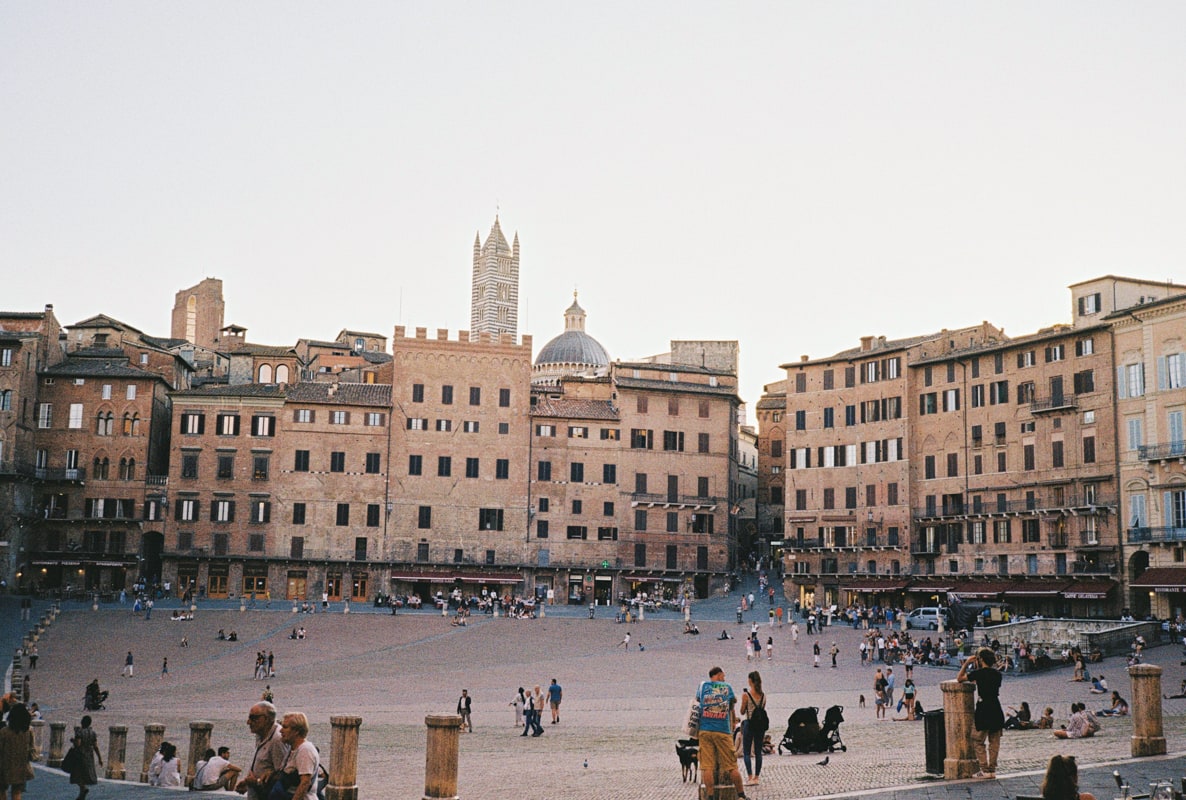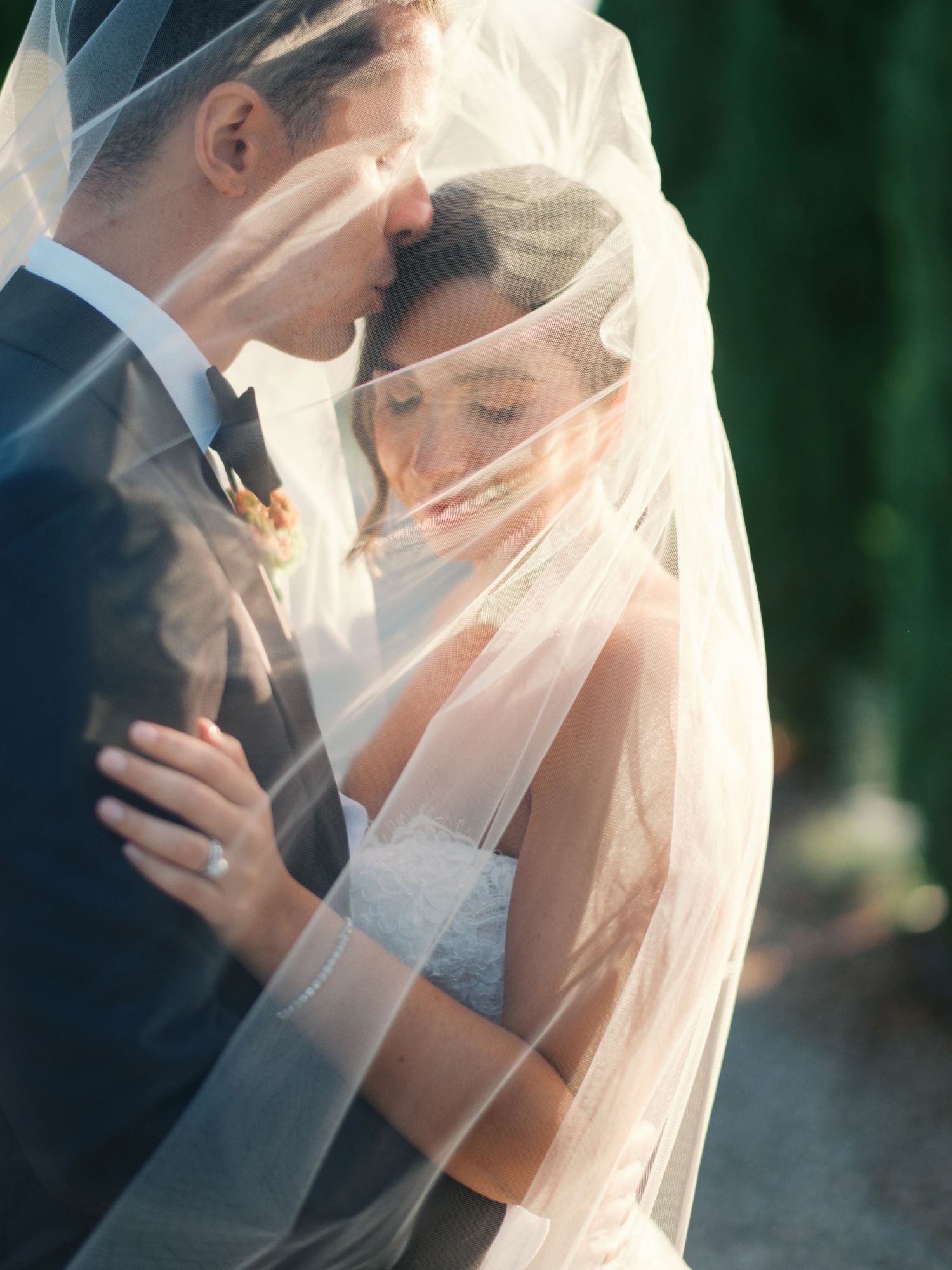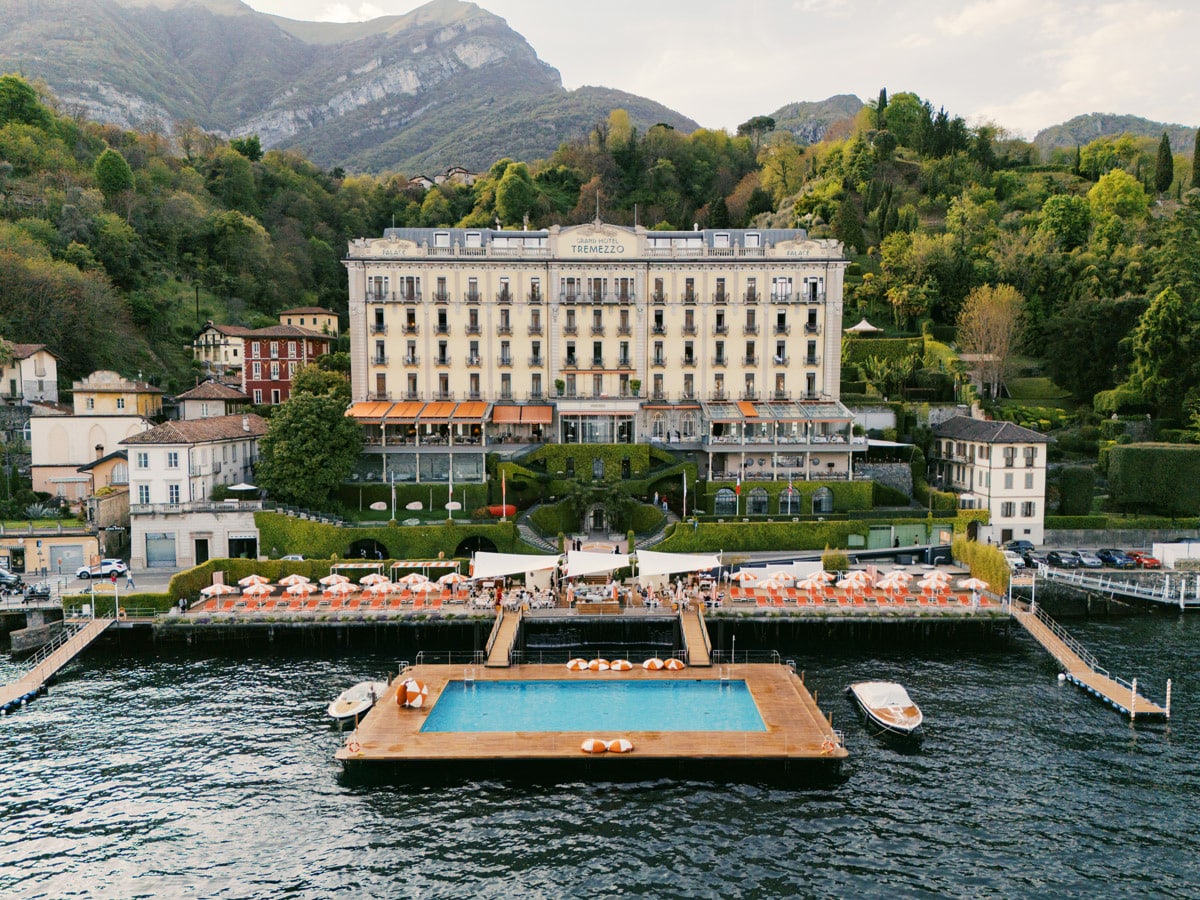Siena, with its medieval streets and stunning cathedral, transports visitors back in time. The city is divided into 17 contradas, or districts, each with its own distinct identity and symbol (you might see their flags with their distinct crests). The contradas are not just administrative divisions; they are a way of life for the Sienese people. Families often belong to a contrada for generations, and loyalty to one’s contrada is deeply ingrained.
A notable sight for visitors is the abundance of statues depicting wolves nursing two babies, reminiscent of the Romulus and Remus statues in Rome. Local legend has it that Siena was founded by Senius and Aschius, the sons of Remus and nephews of Romulus. Fleeing Rome after their father murdered Romulus, they carried with them the iconic statue of the She-wolf nursing the infants, thus adopting the symbol for their town.
The contradas
The 17 contradas actively shape the daily life of Siena, each having its own parish church, social club, and gathering spaces. They take responsibility for their neighborhoods, organizing festivals and events that contribute to the city’s vibrant cultural tapestry. Each contrada boasts a museum, safeguarding its treasures and memories, offering a glimpse into the district’s history.
The tradition of contradas runs so deep that when a couple marries outside their contrada, they reunite with their respective contradas during race time to cheer them on. Challenges arise if a child is born, as a specific contrada must be appointed, and it can be heart-wrenching if the chosen neighborhood differs from the parents’ origins.
Piazza del Campo and the Palio
At the heart of Siena lies the Piazza del Campo, a sloping square that hosts the biannual Palio di Siena horse race. This event embodies civic pride and contrada rivalries. The contradas fiercely compete for the honor of winning the Palio, a vibrant banner symbolizing supremacy until the next race.
The Palio distinguishes itself from regular horse races by involving contradas in preventing rivals from winning. When a contrada fails to win, its historical enemy celebrates almost as joyfully as if it were their own victory. During the race, jockeys are allowed considerable freedom, including pulling, shoving, hitting horses and each other, and attempting to hinder opponents at the start.
Two races occur annually, on July 2nd and August 16th. Privileged seating, such as depicted in images where Alexia is seated, can command prices of up to 650 euros per person.
The Torre
The Torre del Mangia was between 1338 and 1348, and is next to the Palazzo Pubblico (Town Hall). During its construction, the Torre del Mangia stood as one of the tallest secular towers in medieval Italy, reaching a height of 102 meters. Presently, it holds the distinction of being Italy’s second tallest tower!
Siena on 35mm film
Captured during our visit of Siena for L&F’s wedding in Castello di Montalto

























